Sticking it to Selfies
Many people are not a fan of the word ‘selfie’ for good reason – it definitely has some bad associations recently. Although you might be led to believe that the pioneers of selfies were famous self-promoters the Kardashians, or maybe even Katie Price, but that wasn’t the case. The first selfie was actually taken 176 years ago by Robert Cornelius. A skilled silversmith with an interest in chemistry, he set out to perfect the first comm on method of photography, the daguerreotype. This produced images which appeared to almost float within the polished metal on which they sat. In testing this he took this famous and surprisingly good self portrait.
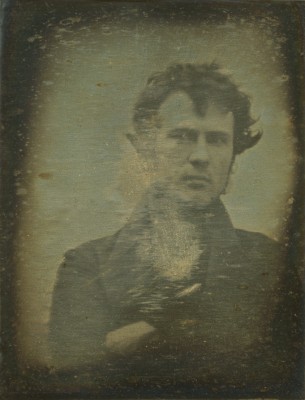
Silver Plated
The Daguerreotype was named after Louis Daguerre. Although the idea and technology surrounding photography was in no way new at the time, the exposure time required to create an image was impractically long, ranging between hours and days! It was Daguerre who made the pivotal discovery that shorter exposures created an invisible image which could then be ‘developed’ into a fully viewable one.
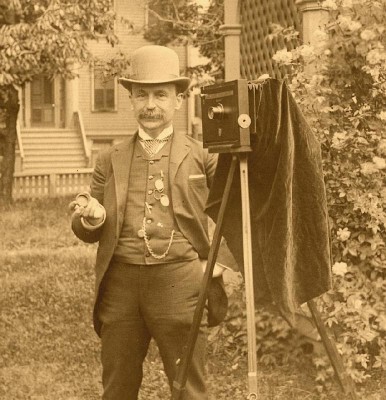
This method still required the carrying of heavy metal plates, so was the preserve mostly of portrait photographers of the era, who were much in demand by the middle classes following the Industrial Revolution, as oil painters could not compete in terms of cost and volume. These plates were also quite fragile and impossible to reproduce. The only way to do so was to take another photo of the original photo. During the 1800’s many people attempted to solve these issues with varying levels of success.
The First Kodak Moment
The first commercially viable alternative to the plate came from George Eastman in 1884. He developed a dry gel on paper and later film system. This meant that heavy plates and chemicals no longer needed to be carried around and the developing could be carried out at a later date. In 1888 he introduced his Kodak camera and by 1901 photography for the masses became possible with introduction of the Kodak Brownie camera, versions of which remained on sale until the 1960s.
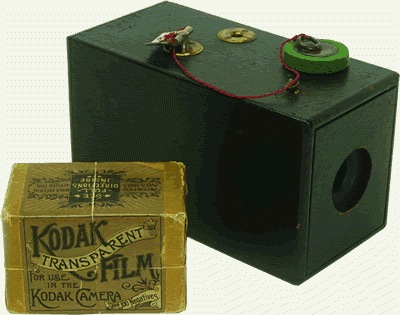
We Leica Very Much
Together with the introduction of 35mm film, reflex cameras became popular in 1920s and 1930s. A mirror and prism system allowed photographers to accurately see the image that will be captured. Commercial 35mm film was delayed by World War 1, however Leica introduced its first commercial camera in 1925. Leica cameras are still considered to be some of the best and most desirable on the market today. Some of the most famous photographs have been taken on a Leica, for instance the portrait of Che Guevara, often found on t-shirts.

Shake it like a Polaroid Picture
Whilst 35mm cameras became more refined and sophisticated, a new type of camera appeared in 1948 – the Polaroid model 95. This was a real revolution in camera design because it did away with the need for a darkroom, as development all took place within the film itself.
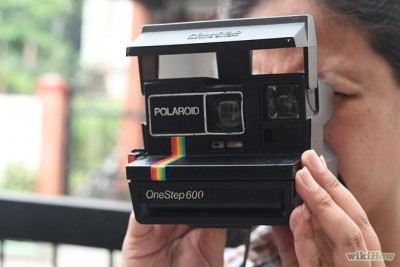
There is a nice myth behind the Polaroid camera. Apparently, on a sunny afternoon, while company CEO Edwin Land took a photo of his 3-year-old daughter on a family vacation, the daughter dropped a question: “Why can’t I see the picture now?” It was a good question and got him thinking. Five years later the first instant camera was commercially available. How simple it was to take a photo and wait only seconds to have the printed version in your hands? Instant camera was a must have gadget of its time.
Don't take my Fotoman
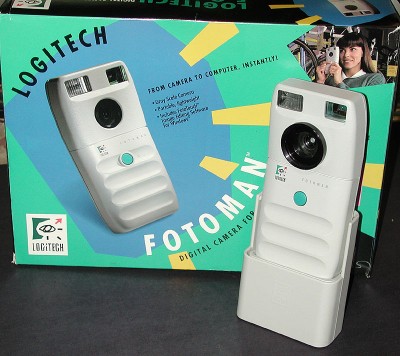
The next revolution was definitely digital photography. The first commercially available digital camera, Logitech Fotoman, was launched in 1991. It stored pictures digitally, and connected directly to a computer for downloading images. The first version could store 32 images only and cost £499 in the UK. Popularity of digital cameras exploded in 2000s as technology improved and the costs of production decreased. Now relatively high quality digital cameras are integrated into everyday technology devices people use, such as lap tops, smartphones and tablets. I think it’s safe to say that most people now use digital cameras of some form or another, even if they still have a preference for film.
Photo Sharing is Caring

Polaroid cameras are still available, but digital photography has become even more instant! Instead of developing a photo moments after taking it, you can now share it with your family & friends wherever they may be on the globe, instantly. One of the best ways of photo sharing is with Sentab. To find out more information about Sentab, visit our website here.